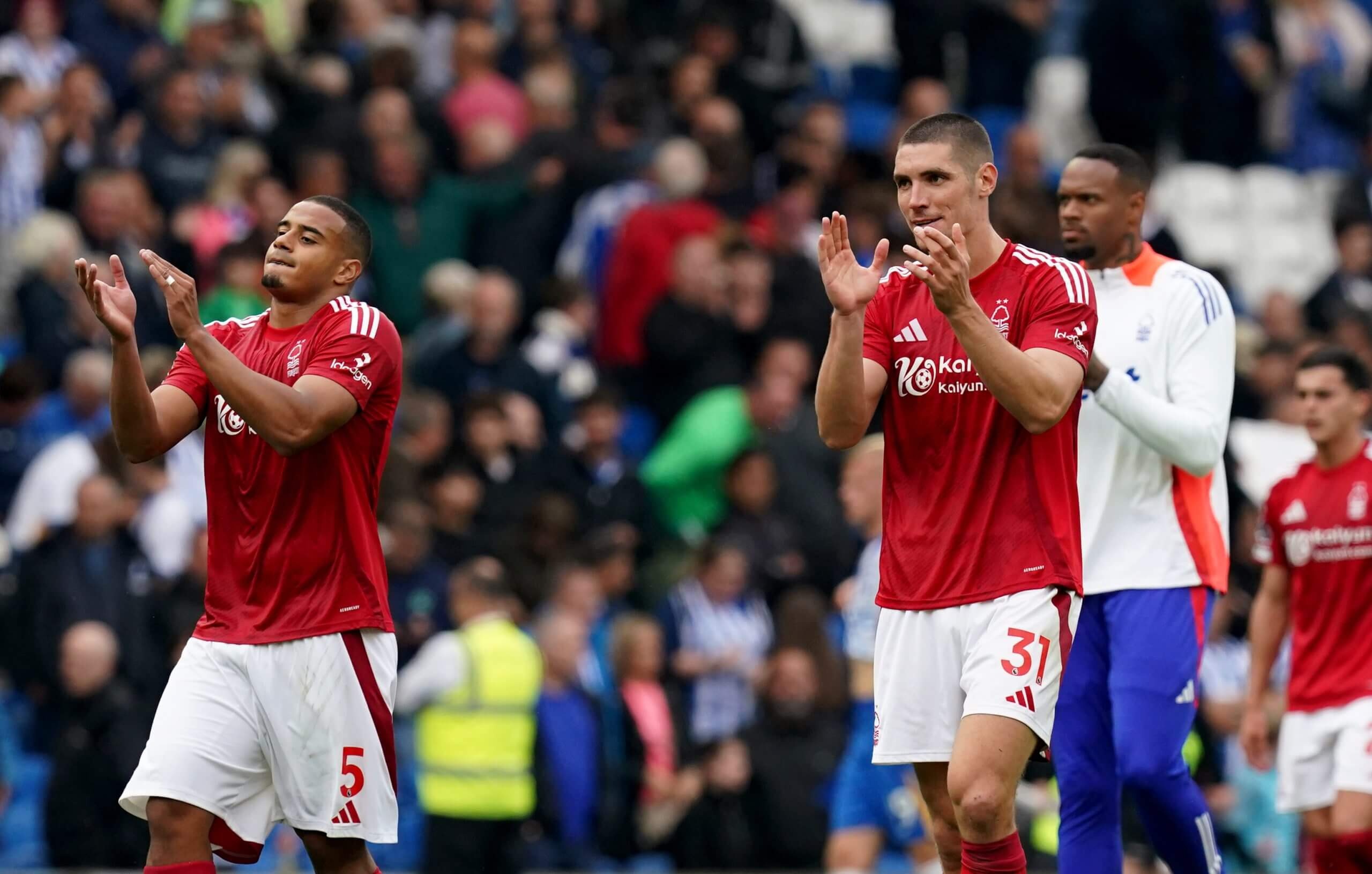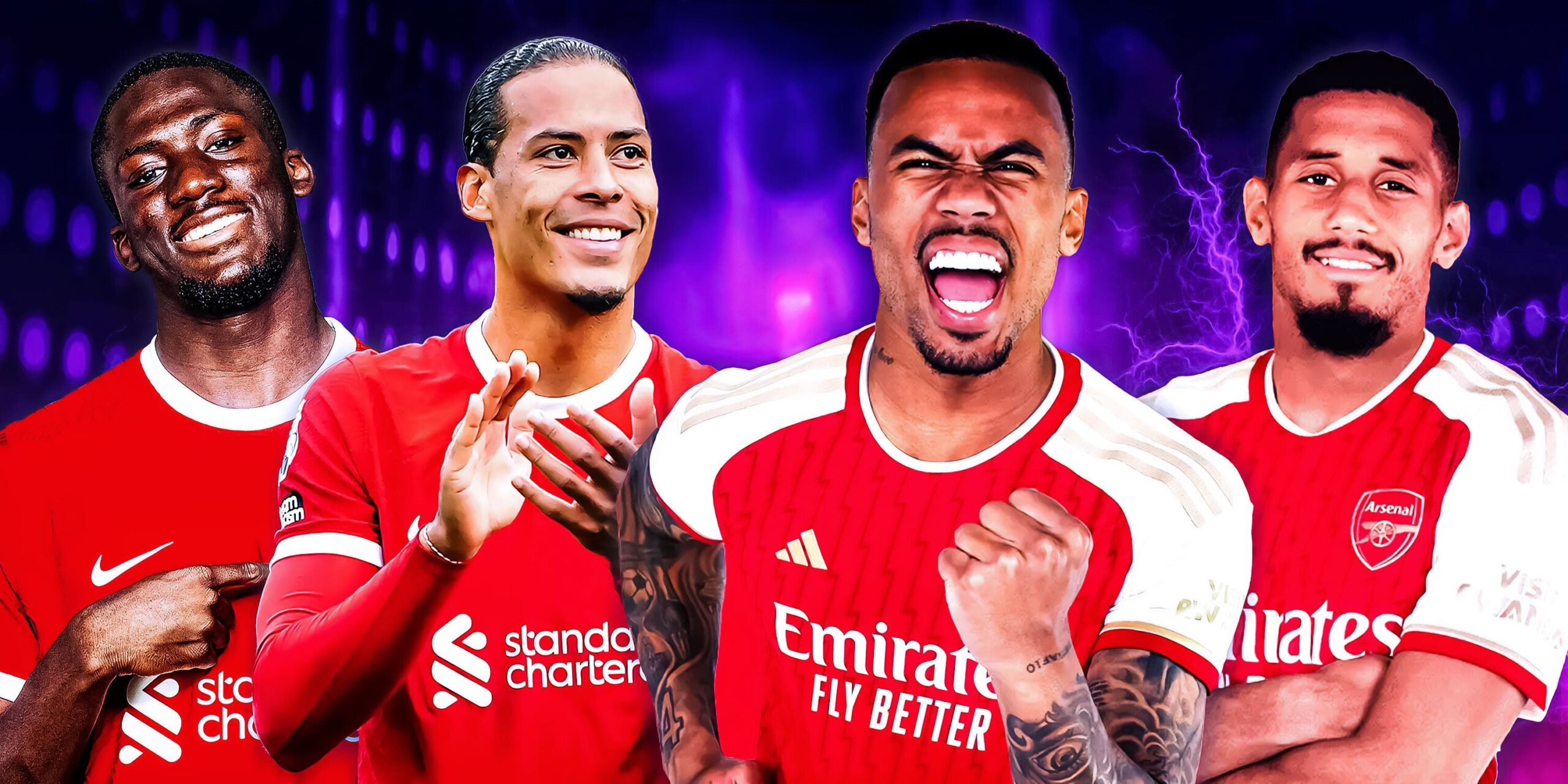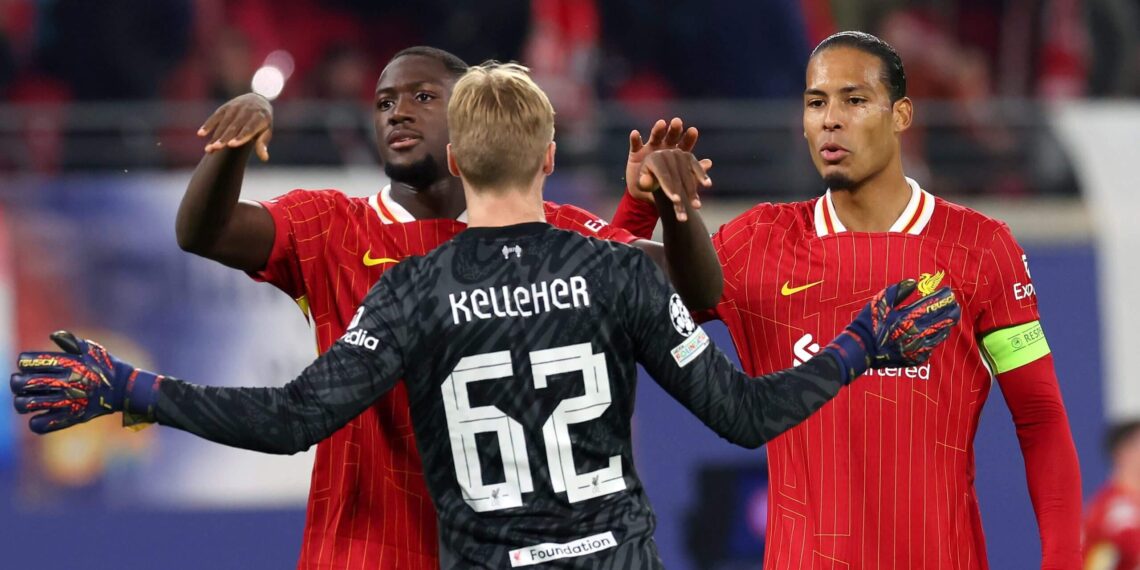Manchester United’s head coach, Ruben Amorim, shared his perspective in January on the Men in Blazers podcast when he described football as a game controlled by players. To him, coaches play a supporting role, and the real difference in performance comes from how well players connect on the pitch, not simply the strategies used.
That belief is especially true when it comes to central defence. Sir Alex Ferguson, the former United manager, once described centre-backs as the structure holding his squads together. He explained that having dependable defenders who play regularly was the reason behind the team’s stability and rhythm.

A look at the current Premier League’s top three teams, Liverpool, Arsenal, and Nottingham Forest, backs that idea. Arsenal’s William Saliba and Gabriel have now started 100 matches together across competitions.
Arne Slot’s Liverpool back line is anchored by Virgil van Dijk and Ibrahima Konate. And for third-placed Forest, who have shocked many this season, Murillo and Nikola Milenkovic have been central to their progress.
Forest’s Defence Stands Out Under Nuno
Though these three clubs all play differently, the one thing they share is their dependable central defence. Liverpool blend balance and adaptability, Arsenal combine pressing with deadly set-piece play, and Forest use a compact defence with rapid counter-attacks.
Modern Premier League teams, in this high-scoring era where the single-season goal tally has been broken three times in six years, succeed by first strengthening their defence.
Both Arsenal and Forest have recorded 14 wins in the league. Thirteen of those for Arsenal and 11 for Forest came with their preferred centre-back duos. Liverpool’s Van Dijk and Konate were starters in 12 out of the club’s 17 wins.
The defensive records of these sides are also unmatched. Slot, Mikel Arteta, and Nuno Espírito Santo’s teams have let in fewer goals, allowed fewer big chances, and restricted more through balls than any other team. These partnerships rank among the five most used combinations in the competition.
The role of centre-backs has changed in recent years. Their physical work rate has gone up more than for any other position since 2018–19. According to data by Skillcorner, centre-backs now run 15 percent more than they did six seasons ago. They also cover almost 19 percent more distance at high speed than before.
Centre-Back Requirements Have Shifted
Former Premier League defender Nedum Onuoha, who featured for Manchester City, Sunderland, and QPR, explained that defenders are now judged differently. He said a centre-back’s ability to defend one-on-one without assistance has become more essential, depending on the team’s style of play.
According to Onuoha, a team’s entire backline strength often comes down to the quality of its centre-backs. Managers now want their teams to press higher and with more intensity, but that only works if the defenders can survive tough situations without backup.
That is where Saliba and Gabriel have proven their worth. A moment from Arsenal’s goalless draw against Manchester City last March captures this. Arsenal pushed forward from a 4-4-2 formation to press City midfielder Rodri and force the ball backward.
When City looked to switch to the right, Arsenal locked on to their players one-on-one. Rodri positioned himself between the defenders, but Arsenal cut off access through the center, which forced City to play left. Rodri tried to change the play from Manuel Akanji to Ruben Dias.
Then Arsenal pressed again. Martin Ødegaard closed down Dias while Bukayo Saka stayed wide and kept watch on Mateo Kovačić. Saka’s aggressive pressing opened a lane through the defence, and Dias tried a pass into Phil Foden.
Saliba had already anticipated this and quickly closed in on Foden. At the same time, Benjamin White pressured Josko Gvardiol on the wing. Foden flicked the ball into Gvardiol’s path, but White was quicker and won it cleanly. Saliba scooped up the ball immediately and passed it to Ødegaard. Saka sprinted between Kovačić and Dias to break through.
Ødegaard delivered a well-weighted pass, and Arsenal nearly scored. Gabriel Jesus made a run at the far post but arrived just a second too late to finish the chance.

Impact of Gabriel and Saliba Together
That match is one of 42 in which Saliba and Gabriel have started together and kept a clean sheet. Since Saliba’s first season with Arsenal in 2021–22, the team’s record has improved whenever both defenders play. Arsenal win more matches (by eight percent), lose fewer (by ten percent), and concede fewer goals (0.85 per match compared to 1.15).
The two defenders anchor Arsenal’s pressing system, often switching roles depending on the opponent. Usually, Gabriel handles the striker while Saliba steps forward. When Arsenal controls the ball, Saliba prefers safer passes while Gabriel takes more daring options.
Saliba’s consistency stands out, especially with long passes. His 81.7 percent completion rate on passes over 35 yards is the best in the league among players with at least 100 tries. He often looks for wide players like Saka or Gabriel Martinelli with these balls.
Arteta praised them as a true duo in December 2023. He said no stats company could measure their chemistry. But numbers suggest otherwise.
Across their 101 matches starting together, Arsenal have let in three or more goals only three times. The most recent case was a 4-3 win over Luton Town in December 2023. When either one is missing, Arsenal has allowed three or more goals in 10 out of 82 games. When both start, the team functions better.
Onuoha believes centre-back pairings are more critical when avoiding losses than when chasing victories. Saliba and Gabriel reflect what a modern central defensive pair looks like in today’s Premier League.
One plays with the left foot, the other with the right. Saliba stands at 6ft 4in and Gabriel at 6ft 3in. Both developed their skills in France’s Ligue 1 and bring physical strength and solid defensive instincts to their role.






















